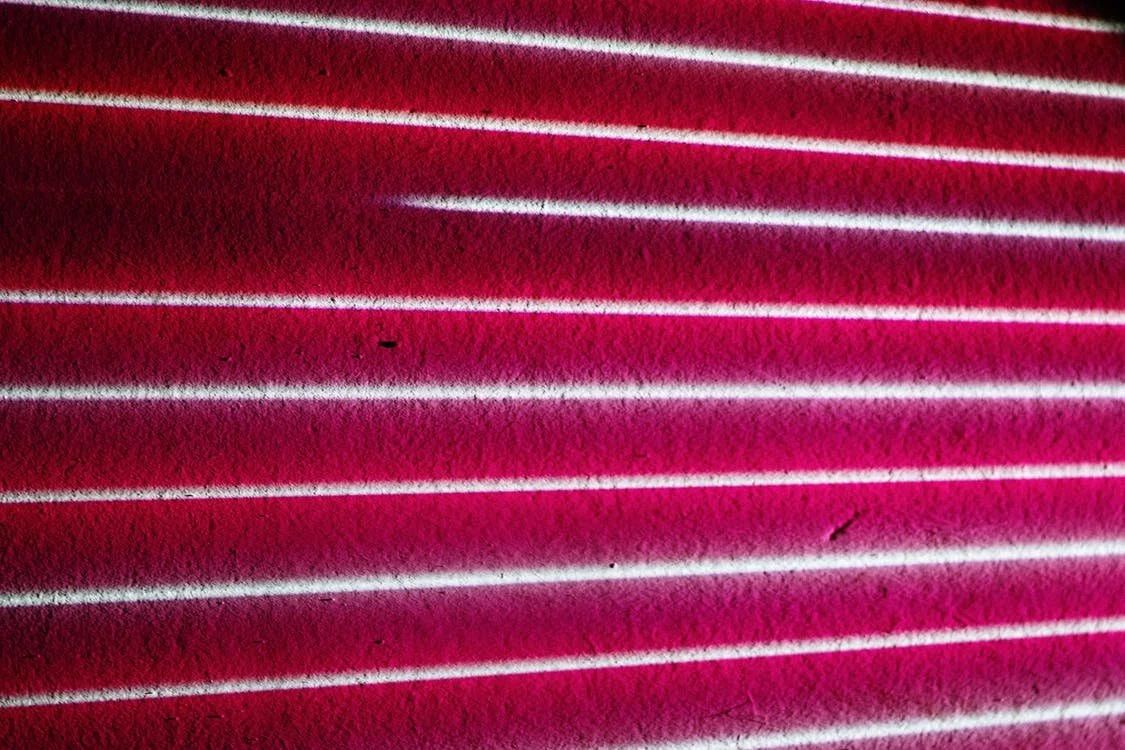How modern technology is pushing the boundaries of artistic expression
The worlds of art and technology are not the most obvious of bedfellows.To most, the word ‘art’ is synonymous with da Vinci, Monet and Picasso — not artificial intelligence (AI), virtual reality and quantum computing.But as the realms of technological possibility have continued to expand, so too have the boundaries of artistic expression. No longer restricted by the limits of canvas and brush, a new generation of artists is embracing emerging technology to explore new ways to communicate their creativity.With that in mind, here are three great examples of this growing trend that have been showcased across London over the past year.LUX: New Wave of Contemporary Art – 180 The StrandAs technology within the audio visual (AV) space has continued to develop, so too has the possibility to explore light and sound as potential art forms.‘Lux’ from the Latin for ‘light’, looked to do just that.The exhibition at 180 The Strand features art from 12 international artists using a mix of 3D projection mapping, neural networks, quantum computing, algorithmic visualisation and organic light-emitting diode (OLED) screens. The aim is to “deconstruct the boundaries between the fields: arts and sciences, humanity and technology”.Highlights included A’strict’s ‘Morando’ – a two-channel video installation depicting glowing peonies that are repeatedly blooming on two transparent OLED screens facing each other. ‘Starry night’ is a digital interpretation of waves crashing onto the shore, made possible by two six-foot projections and carefully placed mirrors within a dimly lit room.The exhibition is sponsored by consumer electronics giant LG and features over 100 of its OLED products including TVs, signage solutions and transparent OLED displays, to help further its own philosophy that “Art Inspires Technology, Technology Completes Art”.Anicka Yi: In Love With The WorldFor the last few months, the Turbine Hall at the Tate Modern has been home to an entirely new ecosystem occupying the air.The exhibition is the brainchild of Korean American artist Anicka Yi, who was inspired by the concept of artificial intelligence and wondered what it could be like should machines follow a similar evolutionary pattern to species found in the natural world.This inspiration led Yi to the concept of ‘Aerobes’ – helium filled, biomorphic, autonomous flying machines reminiscent of jellyfish or something you would find in the deep sea.The Aerobes are propelled by rotors, powered by a small battery pack and controlled by an artificial life simulation system that allows them to map out their own unique flight paths and use thermal imaging to see and interact with their surroundings.The piece was commissioned by Hyundai, supporting the project due to Yi’s interest in fusing artistic imagination and scientific research that aligns with its goal to “encourage new ways of thinking about art and the values and connections it can create”.Van Gogh: The Immersive Experience Experimenting with technology is not limited to totally new concepts. It is also being used to reimagine the way we engage with traditional art too, as demonstrated by the Van Gogh: The Immersive Experience currently on show in Shoreditch.The exhibition features two-story, 360-degree projections of Van Gogh’s iconic pieces, giving fans the chance to immerse themselves in the infamous sunflower fields and starry landscapes in a way they have never been able to before.The exhibition also offers a 10-minute “a day in the life of the artist” experience, where you can put on a virtual reality (VR) headset and walk alongside Van Gogh to explore some of the inspiration behind his works, including a tour of his house and a starry night walk along the Rhône river.Keep an eye out for more From AI-powered machine organisms to 360-degree projections of old classics, London has been home to some of Europe’s finest technology inspired artistic showcases over the past year.And as demand for these kinds of eye-opening experiences continues to grow, it is likely that there will be very many more through 2022 and beyond.

